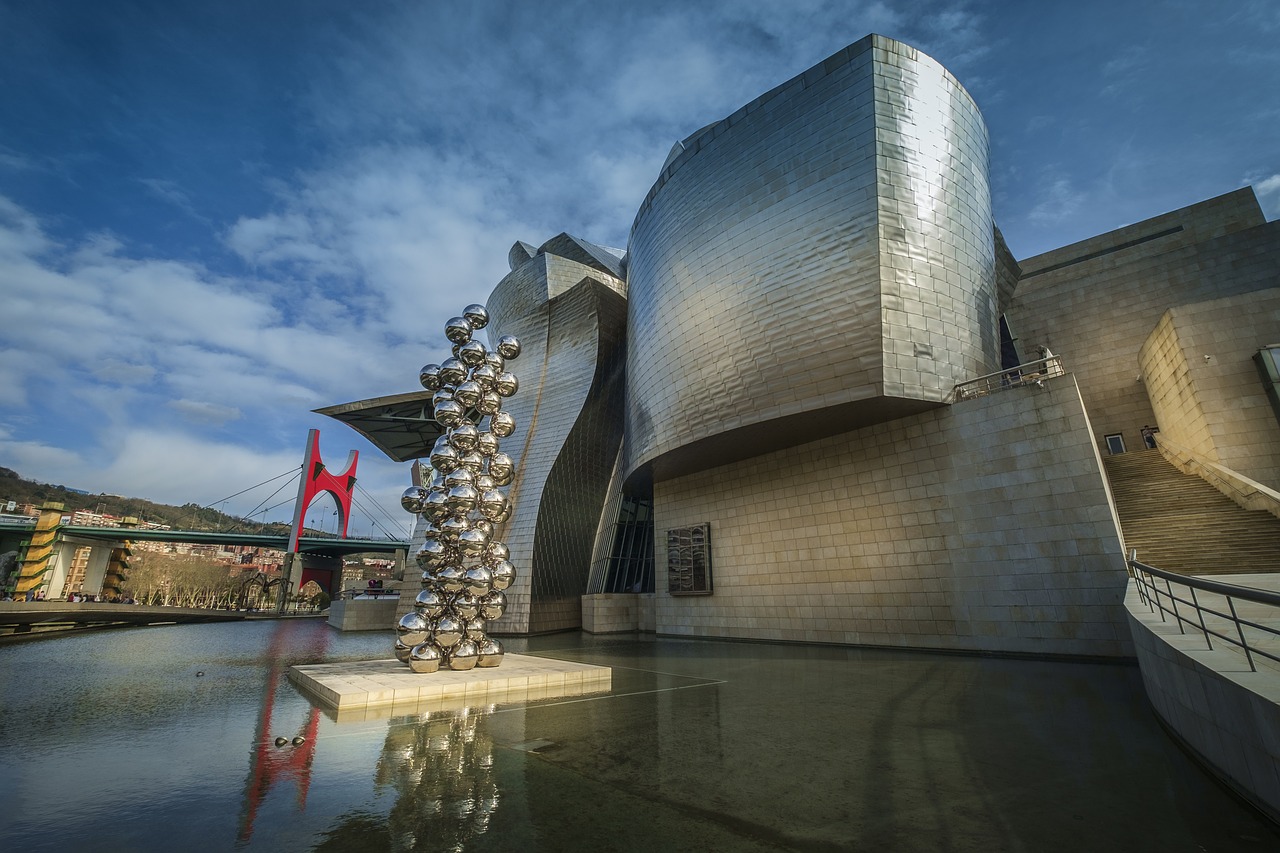Guggenheim Museum

Its contemporaries did not accept this museum so much that artists even refused to exhibit within its walls – it was too “cosmic” for its time. And now it is hard to imagine a better place for abstract art.
The Guggenheim dynasty is one of the most famous in America. Its founder, Meyer Guggenheim, came to the United States in 1847 from Switzerland. He was 19 years old, he came to Philadelphia and married a girl whom he had met on the very ship on which he sailed to New York. Meyer had seven sons, and in 1881 he created the firm Sons of M. Guggenheim’s Sons. They were engaged in developing silver, lead and copper mines. This was the beginning of the famous dynasty.
A trio of museum founders
The most famous of Meyer’s sons was Solomon Guggenheim. He studied in Zurich, and when he returned to America he helped his father in business. Later he married Irene Rothschild and then became interested in art.
And in 1925, a landmark meeting occurred for Solomon – with the artist Hilda von Ribey. Hilda at that time had a stormy affair with the painter Rudolf Bauer, he created a new art salon in Berlin, called “Empire of the Spirit”, where he displayed his work and Kandinsky’s. Hilda, fascinated by the salon and abstractionism, was able to enthuse Solomon about the idea. And that’s where it all came to a head.
Hilda turned out to be a determined girl, moved to New York two years later and became Solomon’s adviser in the purchase of paintings. In the thirties, Guggenheim acquired more than three hundred works by Bauer for his collection and 150 works by Kandinsky. And then came the question of the museum.
At first, paintings from the Guggenheim Collection were hung in his private apartment in the famous Plaza Hotel near Central Park. As the collection grew, it became clear that another space had to be found. In May 1939, Solomon opened the Museum of Non-Objective Painting. Solomon was no longer young, he was 78 years old. But his collection was growing and the space was getting smaller and smaller – so Solomon made the decision to build his own museum. And then he had another important meeting with architect Frank Lloyd Wright. He was a real architectural theorist and didn’t just build houses, but put his philosophy into them.
Hilda chose him to create a museum; she wrote to the master, “All masterpieces must be organized in space, and only you can do that. Create for us a sanctuary of the spirit – a ‘temple of the spirit’, a monument!”
The museum was proposed to be “put in a museum.”
While Wright was working on the museum project, Hilda and Solomon were looking for a place for it. At first they were offered a site in the Bronx on the banks of the Hudson River, but the Guggenheim wanted to build the museum closer to other museums, and chose a site across from Central Park. Wright didn’t like the city and wasn’t happy about it, but he complied with the client’s request.
The architect’s plan was for the paintings in the museum to look like on an easel in an artist’s studio. He made the spaces flowing into one another, strung on a huge atrium. Visitors were supposed to take an elevator up to the last, fourth floor and from there take an inclined ramp down, bypassing the departing exhibition rooms in different directions.
Artists at the time didn’t like the museum – they thought that such a building would overshadow the impression of the paintings. Some artists even wrote a petition to protest against having their work displayed in the museum. The New York Daily Mirror wrote “This building should be put in a museum so people can then see how crazy the 20th century was.” Wright fought back as best he could, “I want to make both the building and the paintings one uninterrupted art object, in a sort of symphony in the art world that hasn’t existed before.”
The museum wasn’t finished until ten years later. In October 1959, it finally opened. But by then neither its creator, Solomon Guggenheim, nor its builder, architect Wright, were alive.
